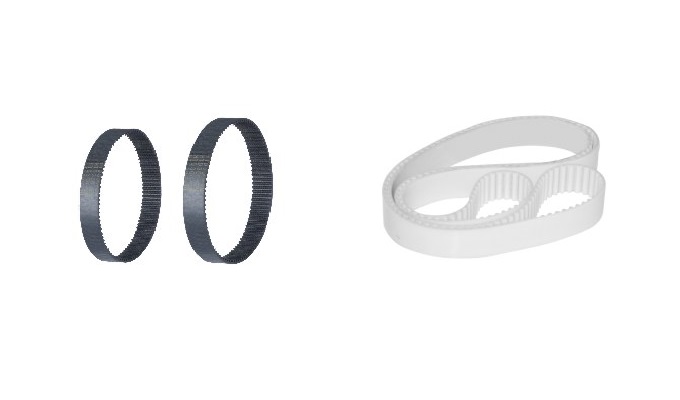Screws
Q1: Why do stainless steel screws exhibit magnetism?
A1: Stainless steel screws develop weak magnetism due to stress-induced transformation of austenite to martensite/ferrite during cold working. Greater deformation increases magnetic properties.
Q2: What is the maximum operating temperature for stainless steel screws?
A2: Per GB/T 3098.6-2014, 304/316 stainless steel screws retain tensile strength below 100°C. Above 100°C, tensile strength decreases by 5% per 100°C increment. Avoid use above 400°C.
Q3: How to prevent screw rust?
A3: Opt for SUS304 stainless steel or apply coatings (zinc/nickel plating, Dacromet, chrome). Maintain carbon blackened screws with regular rust-proof oil.
Q4: Common screw materials and strength grades?
A4: Materials: Stainless steel (A2-70/A4-70/A4-80), carbon steel (Grade 8.8/10.9/12.9), resin, titanium. Specialized screws (e.g., damping screws) reduce noise/vibration in linear rails or pneumatic systems.
Nuts
Q1: How to avoid stainless steel nut galling?
A1: Use bolts of appropriate length (1-2 thread pitches exposed after tightening).
Clean threads, align tools perpendicularly.
Control torque with manual wrenches (avoid power tools).
Q2: Rust prevention for nuts?
A2: Same as screws: stainless steel or coated surfaces.
Washers
Q1: How to prevent washer rust?
A1: Choose SUS304 stainless steel or coated surfaces (nickel/Dacromet). Maintain carbon blackened washers regularly.
Q2: Do surface scratches affect washer performance?
A2: Minor scratches from stamping are normal and non-functional.
Eye Bolts
Q1: Is the "tonnage" in eye bolt models the ultimate load?
A1: Labeled tonnage indicates safe working load (SWL) with a 4x safety factor. Adjust load based on quantity and installation angle.
Q2: Customizable eye bolts?
A2: Yes: thread length, coatings (e.g., white), materials (duplex stainless steel), salt spray resistance (720H).
Q3: Safety certifications?
A3: CE-certified with third-party testing and insurance coverage for compliance.
Q4: Installation precautions?
A4: Clean threads, fully tighten until the base contacts the workpiece.
Plastic Screws
Q1: Temperature resistance of plastic screws?
A1: PEEK: 260–500°C. PPS: 200–392°C. RENY: 105–221°C.
Q2: Properties of PPS (Polyphenylene Sulfide)?
A2: High heat/chemical resistance, mechanical strength, and dimensional stability.
Q3: Is PEEK corrosion-resistant?
A3: Resists most chemicals (except concentrated sulfuric acid), with wear/flammability/hydrolysis resistance.
Summary Recommendations
Rust Prevention: Prioritize stainless steel or coated surfaces, maintain carbon steel.
High-Temperature Use: Select materials like PEEK/PPS based on thermal limits.
Safety Loads: Follow labeled SWL and installation guidelines for eye bolts.
Customization: Tailored solutions for materials, coatings, and corrosion resistance.





